“The Medieval Catholic Church laid claims to many powerful kinds of magic which touched the lives of its members at every point.”
- Magic of confession and absolution
- Magic of conjuration and consecration whereby ordinary materials such as oil, water, salt were invested with the power of God to protect the wearer from evil.
- Magic of exorcism and healing
- Magic of the sacraments
And the source of this magic was always God.
With the reformation came another form of Christianity that differed from Catholicism in a number of important ways. According to Gamini Salgado, ‘it almost literally took the magic out of Christianity’ (Pg. 80).
Unlike the Catholic Church, it claimed no magical powers, it abolished auricular confession and opposed exorcism and conjuration. It took the view that:
‘consecration was not an operation by which the actual nature of objects – oil, water, wine, bread or whatever – was miraculously transformed, but only an act by which certain articles were dedicated to the worship of God. From this it followed that no particular object, whether it was a cross, Bible or anything else, nor any particular form of words had magical power in itself.’ (Salgado, Pg. 80)
The sacrament of the Mass was understood symbolically, prayers were supplications to God, which He in his divine wisdom and mercy might choose to heed or not.
‘If God looked with favour on a man he would prosper. If he did not prosper, then he should look closely into his own life, discover where he had gone astray and strive to mend his ways and please God. Constant prayer and strenuous effort were what the Protestant church advocated…it had nothing to do with magic.’ (Salgado, Pg. 80)
Now that the church no longer provided the magic, ordinary people looked for it somewhere else. They found another making the same promises and offering the same services originally provided by the Catholic Church – the white witch present in ‘virtually every village community in Elizabethan England’ (Salgado, Pg. 81).
The white witch could be male or female, a cunning man or a wise woman. The Protestant Church condemned them because it did not believe in ‘good’ magic and the Catholic Church condemned them because it was a threat to their own ‘magic’.
This does not mean though that they never called upon their services.
“In 1583, the churchwardens of Thatcham in Berkshire sent for a cunning woman to find out who had made off with the communion cloth from the church, and in the previous year an Essex cunning man, Miles Blomfield had been chosen as churchwarden. There are also several instances of clergymen themselves practising white magic during this period.” (Salgado, pg. 81)
But who was the cunning man or wise woman?
More often than not, the white witch was an ordinary member of the village community with a definite function in village life.
The role was not hereditary and so it is unclear as to how one actually laid claim to being a white witch. At times ‘being the seventh son of a seventh son or having some special distinguishing mark or quality such as a prominent birthmark or protuberant eyes could help’ (Salgado, pg. 81).
The cunning man could deal with a range of situations and there looks to have been charms to encompass everything.
This list is not exhaustive but it gives you an idea of what the cunning man could do for you:
- Rid you of impotence
- Rid you of rats
- Cure toothache
- Protect you in battle
- Safeguard cattle from lightning
- Make children sleep (Perhaps we all need this charm…)
- Help corn grow
- Develop your musical abilities (I definitely need this…)
- Make you a love potion
If rather than a potion or charm you needed to know why your child had broken out in sores or whether or not you would live longer than your husband, then the cunning man could be of assistance once again.
Among the most frequently rendered service was the healing of sickness in humans and animals. Generally, the white witches’ fees were less than those of physicians, they were more readily available, their remedies were based on country herbs and were usually less painful than the physicians whose cures were based on the theory of humours and often involved being bled.
Another skill very much in demand was locating lost or stolen goods and livestock. Finding buried treasure was another of the white witches’ skills! In this case the cunning man was often helped by a ‘familiar’ or spirit in animal form:
‘the familiar was necessary to exorcize the evil demon who usually kept watch over buried treasure: it is not perhaps surprising that nearly all efforts to locate buried treasure with the aid of the white witch failed.’ (Salgado, pg. 82)
Even walking on water was not out of reach of the white witch! In Thomas Ross’ Natural and Artificial Conclusions (1567), a book so popular that no copies of the first two editions survive, he gives these instructions:
‘How to walk on water, a proper secret: For to do this, take two little timbrels and bind them under the soles of thy feet, and at a stave’s end fasten another, and with these you may safely walk on the water unto the wonder of all such as shall see the same: if so be you often exercise the same with a certain boldness and lightness of the body.’ (pg. 82)
One perhaps not so convinced contemporary reader scrawled in the margin of a copy of the 1581 edition, ‘and if you do not sink you shall be sure to go upon the water’…(Salgado, Pg. 83)
Apart from teaching you how to walk on water, the cunning man or wise woman also regularly told fortunes and made weather forecasts. They were regularly consulted before important events, such as a marriage, a long journey etc.
And of course, if you had reason to believe that you had come into contact with a black witch then the white witch could help remove the evil.
With this impressive range of skills and services, it is no wonder that they were in such high demand.
Gamini Salgado in The Elizabethan Underworld speaks of the theatrical nature of many of the white witches’ rituals.
‘Clients were often shown into special rooms, suitably darkened and furnished with objects such as magic beads, images, crystal balls and mirrors which were intended to produce an atmosphere of credulous awe. Occasionally the witch would wear a special item of dress or ornament such as a shawl or chain with a cross in imitation of a priest; and he tried to build around himself the same atmosphere of austere purity which in theory at any rate, celibacy had given to the Catholic clergy.’ (Pg. 83)
For example, William Barckseale of Southampton prepared himself to locate stolen goods by fasting and praying for three days (Salgado, Pg. 84).
There were a huge variety of diagnostic techniques employed by white witches in the sixteenth century. In 1569, Edwin Sandys, Bishop of Worcester produced a list of magical practices prohibited by the church that offers us a glimpse of some of the techniques being used at the time. These included: ‘charms to cure men or beast, invocations of wicked spirits; telling where things lost or stolen are become by key, book, tables, shears, sieves; looking into crystals or other casting of figures.’ (Salgado, Pg. 84).
As mentioned in Sandys’ list, one form of divination involved a Bible and a key. The names of various suspects would be inserted into the hollow of the key and the key inserted between the pages of the Bible. When the guilty person’s name was placed inside the key, the bible would begin to shake.
Another method involved piercing a sieve with a pair of shears. The shears would then be held by the point with the sieve stuck in it. The names of suspects would then be read out and when the culprit’s name was called the sieve would begin to spin around.
Alternatively, the white witch might use clay balls with the names of suspects written on them, placed in a bucket. The paper with the guilty person’s name would unroll first.
There were many more ‘diagnostic’ techniques employed, for example, Robert Harris from Maidstone needed nothing more than to stare into people’s faces and Joan Moores claimed to be able to prophesise by listening to frogs croak…
Some more gruesome forms of diagnosis involved ‘corpses, skulls and earth from freshly dug graves, all of which were used in the dangerous (because forbidden on pain of death) practice of raising the spirits of the dead’ (Salgado, Pg. 85).
Once the problem or illness was diagnosed, the white witch would then prescribe a remedy.
These included the utterance of a magic spell, usually a Christian prayer, charms and/or herbs. But not all remedies were so straightforward…
‘A man possessed by a devil could be cured by releasing a live bat in the room, whereupon the bat would carry the evil spirit away with him. One remedy for pains in the head was to boil a lock of the sufferer’s hair in his urine and throw it on the fire.’ (Salgado, Pg. 85)
Some cures were drastic: Anthony Wood was told to jump in the river to drown the evil spirits that troubled him and the cure for goitres involved the victim being touched by ‘the dead hand of a freshly hanged corpse’!
Apart from some of the more extreme cures, Salgado believes that the white witch was so popular because they fulfilled a genuine need. Many of their cures and ‘natural magic’ using herbs and minerals, really did alleviate pain (Pg. 86).
Their success was also partly due to the fact that when clients sought information from them it was normally to confirm a suspicion they already held. The first question the cunning man asked his new client was: ‘Whom do you suspect?’
This question takes on a much more sinister role when associated with the identification of ‘black witches’.
The next post in this series will look at this very topic – black witches in Elizabethan England.
References
Salgado, G. The Elizabethan Underworld, 1977.
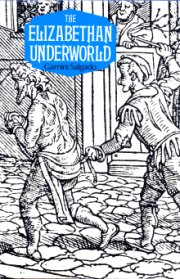



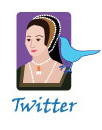




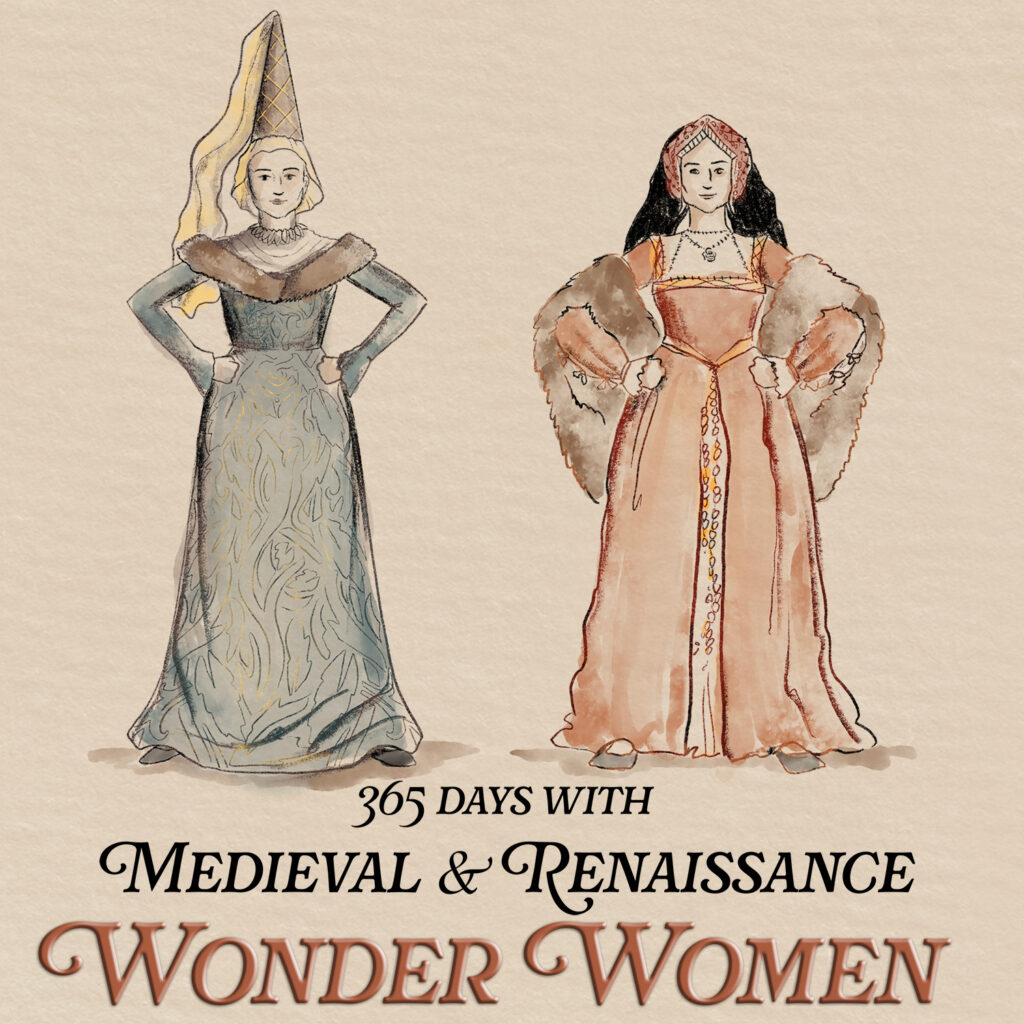

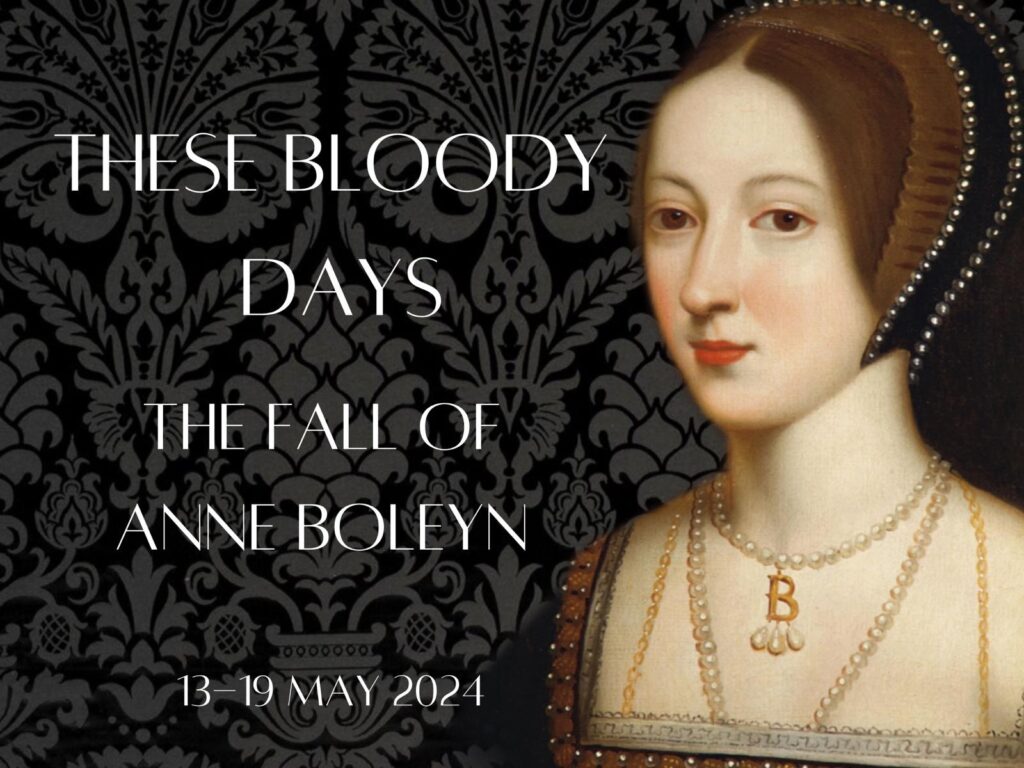
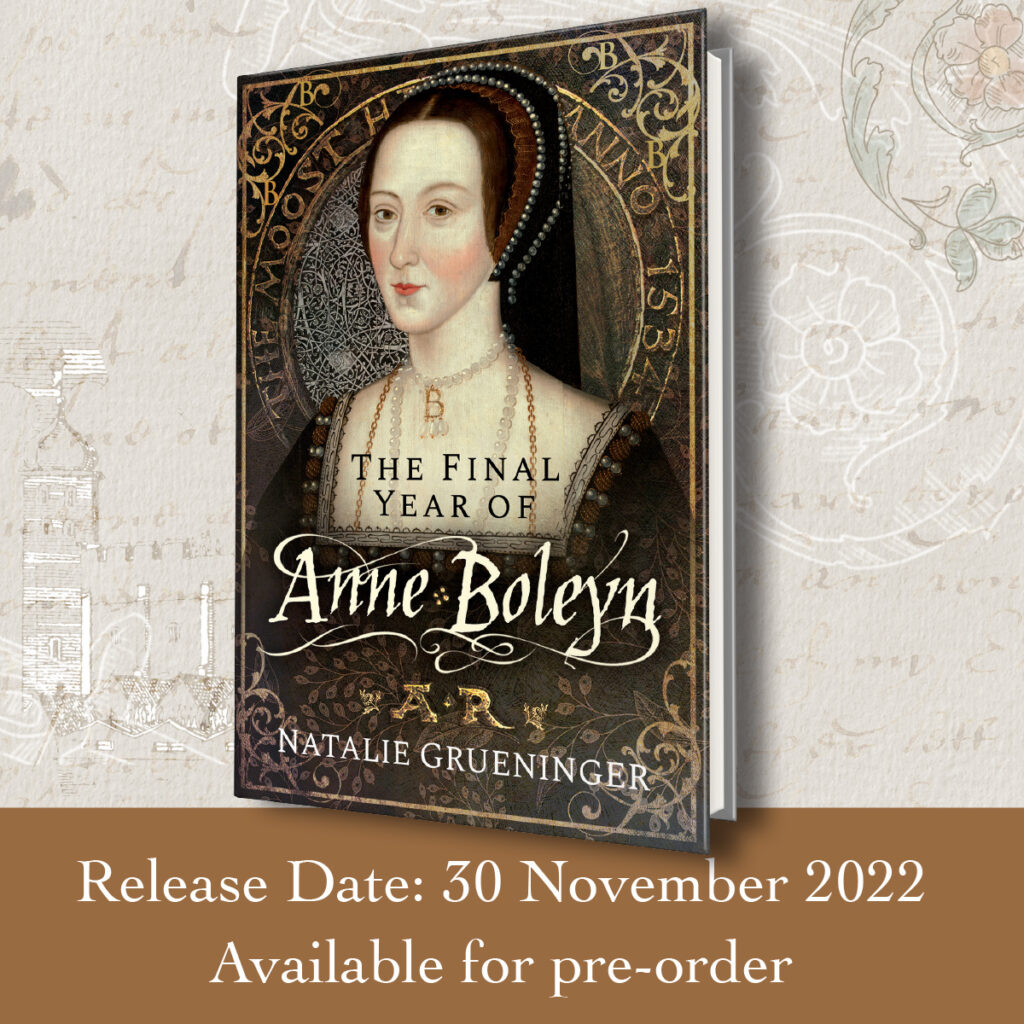
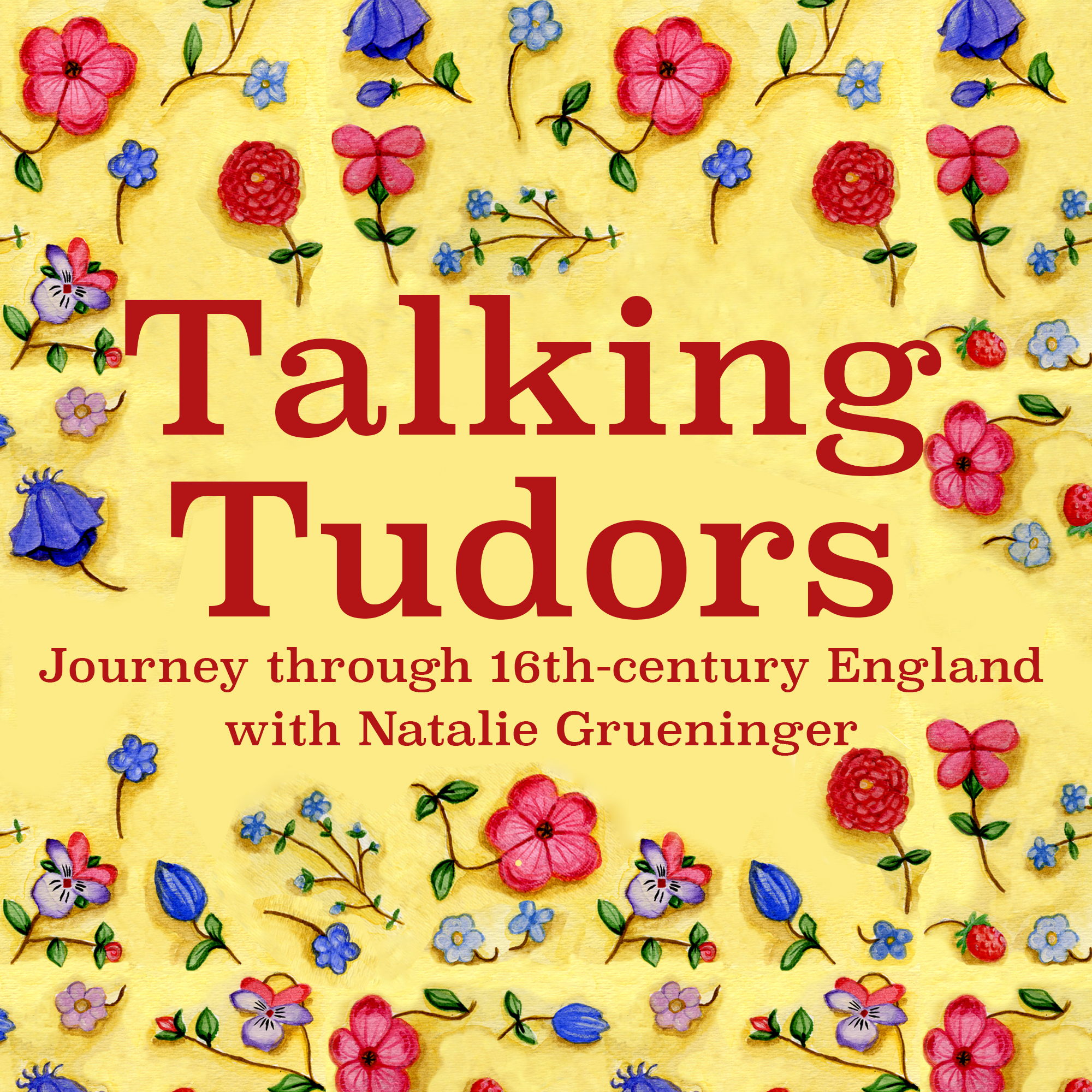

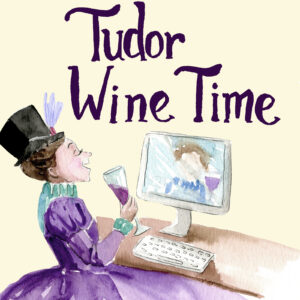


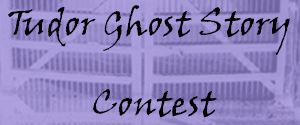

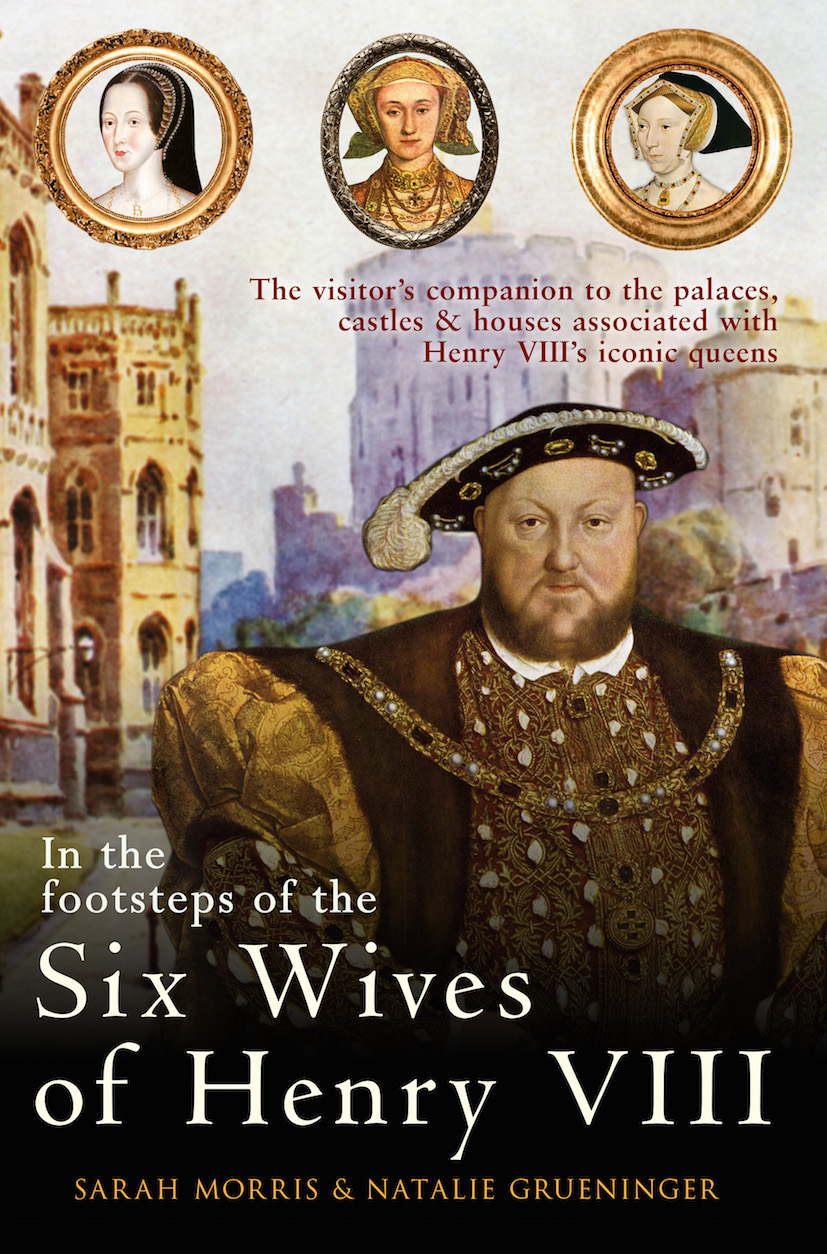
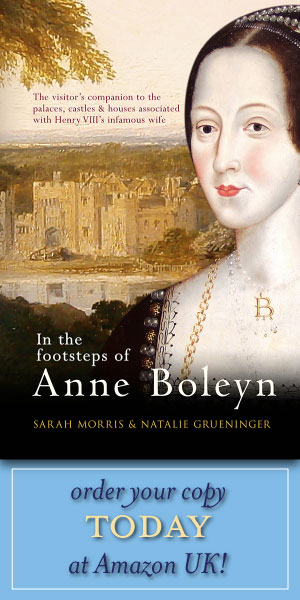


This is such an interesting article to read. Some of the “cures” are so far fetched that makes one wonder just how many claiming to be “white witches” were actually just seeking attention or money? Surely one with intellect would not believe that curing a headache would involve boiling ones hair in ones own urine. Which makes me believe that many were fraudulent in their claims, attempting to mystify themselves with really good acting. ( I can totally see these souls reborn into Hollywood actors in the future. ha ha ha)
There are and were real witches though, I am sure, but probably less likely to reveal themselves to just anybody, and who used most of their talents for healing with herbs and chants.
Again, loved this. Thanks for sharing with us. I always look forward to your posts.
White witches were not looked upon favourably by Puritan Protestants. They saw them as detracting the godly from God’s predestined will.